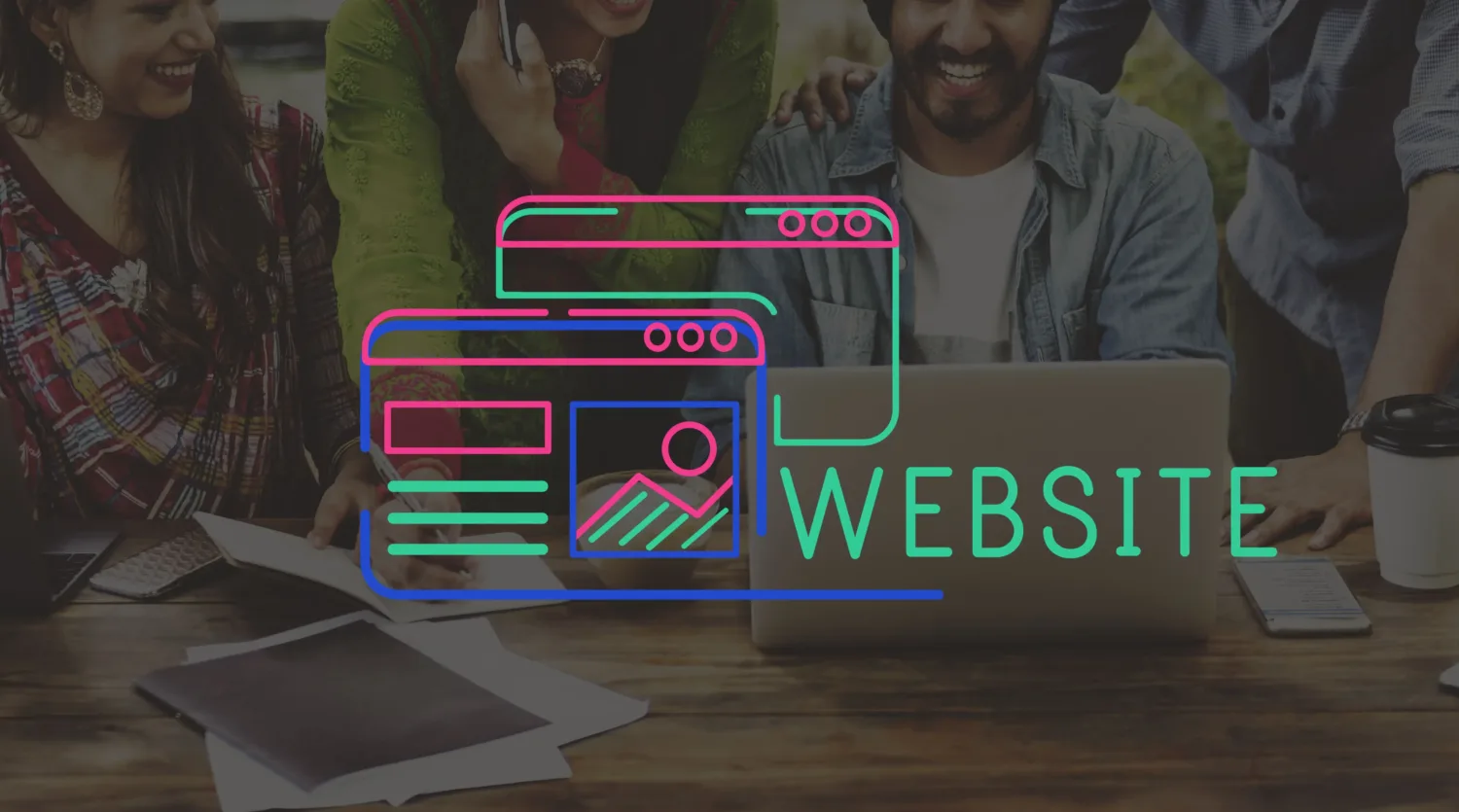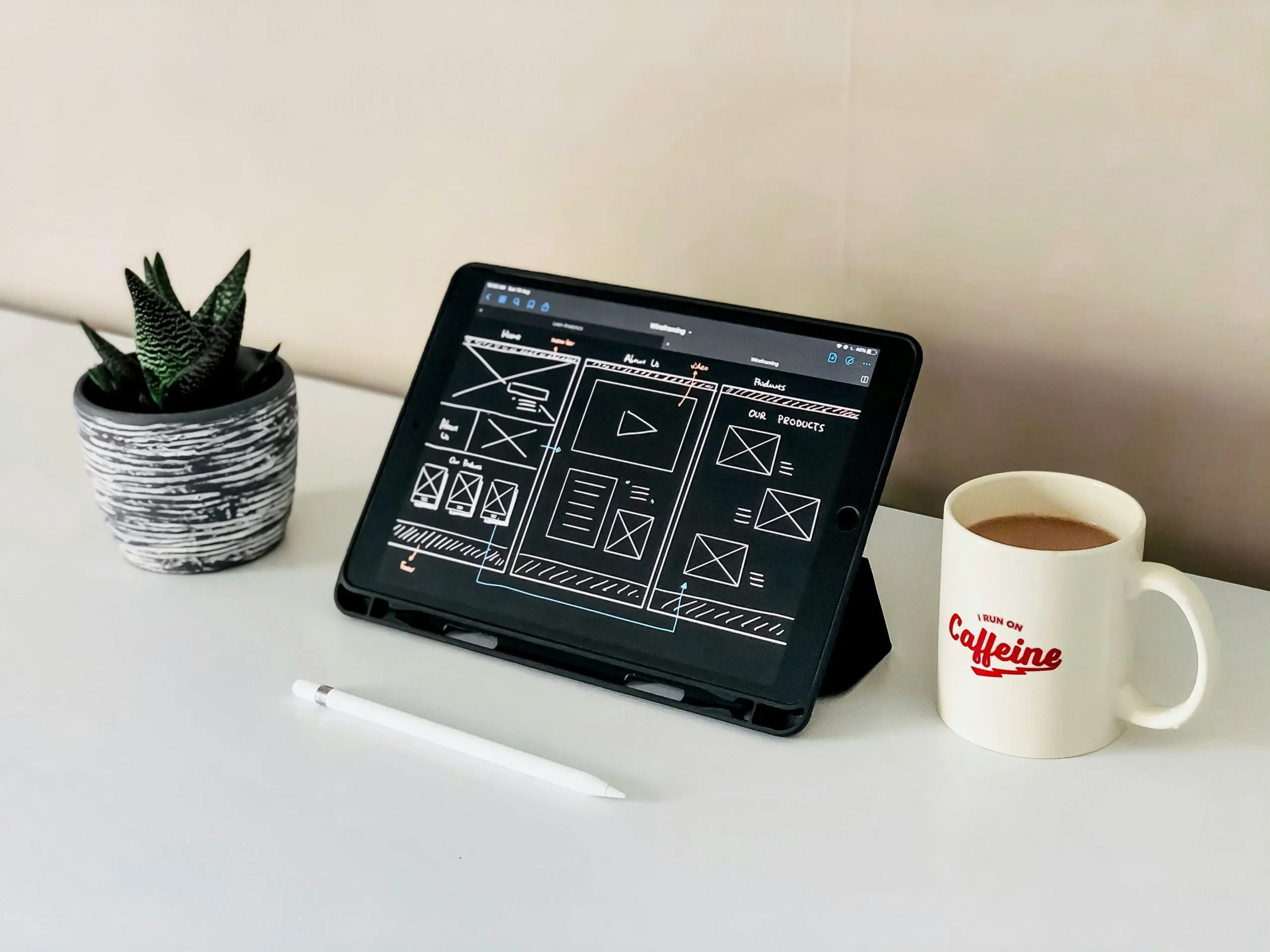
How to Make Your Website and Apps Accessible
In today’s digital world, having an accessible website or app isn’t just a good practice—it’s a necessity. Making your digital platforms accessible ensures that everyone, including those with disabilities, can easily interact with your content and services. This not only broadens your reach but also enhances user experience and strengthens your brand. In this blog, we’ll explore the key strategies for making website and apps accessible, focusing on user experience, compliance with standards, and practical implementation.
What is Web Accessibility?
Web accessibility refers to the design and creation of websites, apps, and digital tools that can be used by people of all abilities and disabilities. This means providing an inclusive digital experience, where users with visual, auditory, physical, cognitive, or neurological disabilities can navigate and engage without barriers.
By prioritizing accessibility, you’re not only following legal guidelines but also improving the overall usability of your platform. Accessible websites and apps are more user-friendly for everyone, from people with disabilities to those using various devices, such as mobile phones or tablets.
Focus on User Experience
At its core, accessibility is about user experience. Your website or app should cater to all users, regardless of their abilities. From the moment they land on your site or open your app, navigation should be simple, the content easy to read, and interactions seamless.
For instance, ensure that menus are easy to navigate using a keyboard, that text is scalable, and that there are no elements requiring overly precise motor movements, which could be challenging for some users.
Accessibility Standards
To ensure that your website or app meets accessibility requirements, it’s essential to follow established standards, such as the Web Content Accessibility Guidelines (WCAG). These guidelines offer a framework for making content more accessible and are often used to achieve compliance with accessibility laws like the Americans with Disabilities Act (ADA) or the European Accessibility Act.
There are three levels of conformance in WCAG:
- Level A: Minimum accessibility features
- Level AA: Deals with the biggest barriers for users
- Level AAA: Highest and most comprehensive level of accessibility
Use Alternative Text (Alt Tags)
One of the simplest yet most effective steps toward accessibility is ensuring all images on your website and app have alternative text (alt tags). Alt text is used by screen readers to describe images to users with visual impairments. When crafting alt tags, keep them short and descriptive, focusing on what the image represents.
For example, if your website features a button with an image, your alt tag should describe its function, such as “Submit form” or “Add to cart,” rather than just “button.”
Accessible Forms and Inputs
Forms are essential for user interaction on websites and apps, whether for signing up, making purchases, or sending inquiries. However, poorly designed forms can be major barriers to accessibility.
Ensure that:
- Every form field has a clear label.
- Users can navigate through forms using the keyboard alone.
- Error messages are specific and help users understand what needs to be corrected.
Including instructions for each field and using placeholder text wisely can also make forms more user-friendly.
Content Layout and Readability
The way you structure your content impacts its accessibility. Keep your layout simple, clean, and intuitive. Proper use of headers (H1, H2, H3, etc.) makes the content easier to navigate, especially for screen readers.
Other tips for accessible content layout include:
- Use high-contrast colors for text and background to ensure readability.
- Avoid small fonts, and ensure that users can resize text.
- Break up long blocks of text with bullet points or headings to make content scannable.
Error Handling
Accessible error handling ensures that users are informed when something goes wrong and are guided to fix the issue. When users encounter an error, whether during form submission or navigation, provide clear, understandable messages that explain what went wrong and how to correct it. Highlight the field in question and use simple language to avoid confusion.
Test Your Website
Testing is a critical step in ensuring accessibility. You can use automated accessibility testing tools like WAVE or Lighthouse to check for common issues. However, don’t rely solely on automated tools—manual testing by real users with disabilities provides the most reliable feedback.
Also, consider using keyboard-only navigation and screen reader software to personally experience how accessible your website or app is for users with visual or motor impairments.
Benefits of an Accessible Website and App
Making your website and apps accessible benefits not only your users but also your business. Here are some of the advantages:
- Increased reach: By making your website or app usable by people with disabilities, you can tap into a larger audience.
- Better user experience: An accessible platform is easier for everyone to navigate, improving overall user satisfaction.
- Improved SEO: Many accessibility best practices, such as using alt text and proper headings, align with search engine optimization (SEO) techniques, helping your site rank higher in search results.
- Legal compliance: Avoid potential legal issues by adhering to accessibility laws and guidelines.
- Enhanced brand reputation: Demonstrating a commitment to inclusivity and accessibility can boost your brand’s image, earning trust and loyalty from users.
Conclusion
Making your website and apps accessible is not just about compliance; it’s about creating an inclusive, user-friendly experience for everyone. By following accessibility standards, focusing on content layout, and ensuring that your forms, alt tags, and error handling are optimized, you can provide a seamless experience for all users. Additionally, the benefits of accessibility extend beyond user experience, enhancing SEO, broadening your audience, and elevating your brand’s reputation.
If you’re looking to build or improve your website or app’s accessibility, SentieroTech’s team of experienced web developers in Kochi can help you create an inclusive, accessible platform that meets the highest standards.




